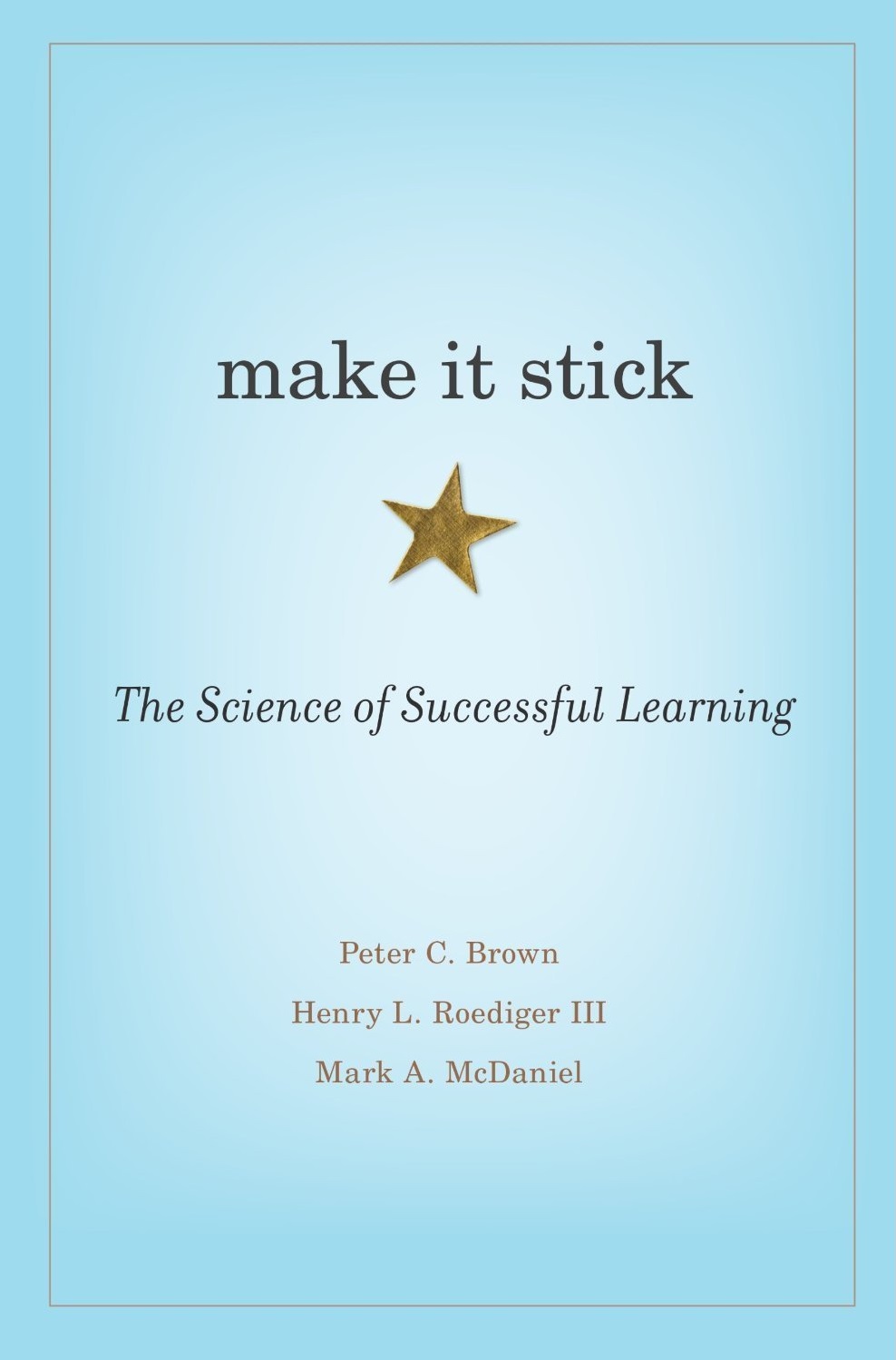
Make It Stick: The Science of Successful Learning
by Peter C. Brown, Henry L. Roediger III, and Mark A. McDaniel
336 pages, Belknap Press, April 2014
This page contains Amazon Affiliate links; if you purchase from Amazon after going through these links, Cult of Pedagogy receives a small commission at no extra cost to you.
Listen to my interview with Make It Stick author Peter Brown (transcript):
Remember college, when you’d crack open your textbook, pop the top off your brand-new highlighter, then start smearing that sucker across line after line of text, making the important stuff stand out so you could reread it and reread it some more? Lots of people call that “studying,” but it turns out it doesn’t really work so well. So why do so many people do it?
This phenomenon is explained in our summer 2015 book pick, Make It Stick: The Science of Successful Learning. Citing recent research in cognitive psychology, the authors take our beliefs about learning and turn them upside down. Some of the most common practices in classrooms, music studios, and athletic fields—things like repeating an action over and over to reinforce muscle memory or distributing a review sheet of key points to students before an exam—are actually pretty ineffective ways to learn. The authors explain how the brain responds to these methods, why they are less than ideal for building enduring learning, and what we should be doing instead.
Although the reading can sometimes be challenging, the concepts are illustrated beautifully in a series of anecdotes from sports, the military, music, and even corporate training to demonstrate how learning in any field is still learning; the principles hold up no matter where they are applied. And knowing that real learning is sometimes difficult (discussed below in principle #3) made it easier for me to accept the times when I wasn’t totally grasping something.
Anyone who teaches anything would benefit from reading this book: coaches, tutors, classroom teachers, parents, even corporate trainers. Instead of doing what we’ve always done and wondering why some learners just don’t get it, we can take a different approach that’s based on research, even if it seems counterintuitive.
What Teachers Need to Know
Make It Stick introduces quite a few guiding principles about learning. Here are a few important takeaways for teachers:
1. We should add more low-stakes quizzing to our instructional plans. Regularly quizzing our students on the material is one of the best ways to help them learn it. Many teachers give regular formative assessments, but most don’t realize that the process of trying to retrieve skills and information from memory reinforces the learning more effectively than simply reviewing it. Quizzing yourself on something actually helps you learn it better. The good news is that it’s incredibly easy to add this kind of retrieval practice into our teaching: Set aside 3-5 minutes of every class period for a quick quiz, including something students just learned and something from earlier. Whenever possible, avoid providing the answers in the form of multiple choice or true/false; the learning will be better if students have to try to recall the information instead of just recognizing it.
2. Repeating one skill to perfection is not the best path toward long-term learning. When we practice a skill or try to remember information, common sense tells us to just keep repeating it until we have it down pat. But the research cited in this book tells a different story: Our learning is actually more durable if we mix it up with other skills or information before we master it. That “mastery” feeling we get from massed practice is really just our short-term memory hanging on to stuff. To entrench learning in long-term memory, we have to space out our practice and mix it up with other things. In the classroom, that means we’re better off giving students shorter, spaced out practice on a regular basis, rather than clumping it all together (so 5 math problems every day is better than 20 all at once).
3. Real learning doesn’t always feel good. When our students struggle to master a concept or skill, it’s natural for teachers to get nervous and start looking for other approaches. Although ineffective teaching strategies should be abandoned, an awkward crawl to mastery isn’t necessarily a sign of poor teaching. According to the authors, easy learning is not long-lasting; it’s the effort required to learn that results in true retention. So when you have given students a challenging task and they complain that it’s too hard or they don’t get it, consider your response carefully: Is it a poorly designed task or lesson that will never result in good learning, or are students experiencing healthy growing pains? Having another teacher look at your lesson materials may help you make the call.
4. We must be transparent in our approach. When we apply the principles from this book, it’s vital that we share our thinking with students. If we add daily quizzing to our teaching or make students struggle a bit before mastering a concept, students will be less likely to resist it if we explain that these methods will ultimately help them learn better, even if it isn’t as fast or doesn’t feel as satisfying.
This is just a preliminary list; to learn more and really understand the thinking behind these principles, a thorough read of the book is important.
A Few More Goodies…
Video Reflections
As I read this book, I created my own series of video reflections on the chapters. You can watch these here.
How to Use Retrieval Practice to Improve Learning (PDF)
Written by a team of cognitive psychologists from Washington University, including two of the book’s authors, this 11-page guide offers teachers clear, step-by-step instructions for adding retrieval practice to their classroom instruction. Click here to take a look.
The Retrieval Practice Website
On Retrieval Practice, teachers can learn about why having students recall information is a more effective strategy than simply continuing to pour the material into their brains. Specific retrieval practice strategies are given, along with links to books and articles about this practice.
The Testing Effect: Illustrating a Fundamental Concept and Changing Study Strategies (PDF)
This study, published by the Society for the Teaching of Psychology, compared the memory of two groups of students: One group simply read and re-read their material, and the other group read it and then tested themselves on it. The “testing” group retain the content better when tested on it a week later. All students who participated in the study were shown the results and resolved to add more self-testing to their studying regimens. See the study here.
What do you think?
This review is just the beginning of our conversation about the ideas presented in this book. In the comments below, share your thoughts and questions. I am especially interested to hear whether you plan to make any changes to your teaching based on what you learned in Make It Stick. And if you find this months or years after it was originally posted, add a comment anyway—the ideas in this book will last a long time.
Looking forward to learning and growing with you. ♦
Join my mailing list and get weekly tips, tools, and inspiration — in quick, bite-sized packages — all geared toward making your teaching more effective and fun. To thank you, I’ll send you a free copy of my new e-booklet, 20 Ways to Cut Your Grading Time in Half. I look forward to getting to know you better!

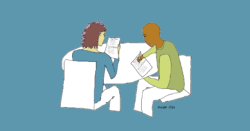
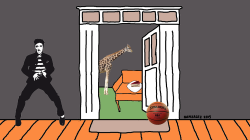
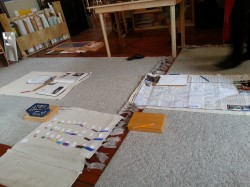
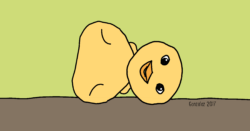
What does the author say about recording grades from the quizzes? Keep them or not? I read different ideas today about losing grades. I haven’t worked through my thoughts on going grade-less, so I wondered what the authors say about that.
Hey Lauralee! They recommend assigning a low amount of points to the quizzes, but some points nonetheless, just so students take them seriously. This matters more in situations like college classes, where students have less motivation to attend class–it gets them coming to class more, since they know there will be a quiz that impacts their grade. If it were me, I would probably mix it up–do some no-score quizzing and some that “counts.” The point is to put students in a position to try and retrieve the information without the information being in front of them, so a fill-in-the-blank question is better than a multiple choice.
Speaking of no grades, have you heard my podcast interview with Starr Sackstein about how she’s moved to a no-grades classroom? She teaches writing, so it would be especially relevant to your subject area. It’s really interesting: http://cultofpedagogy.com/starr-sackstein/ Also, there’s a full transcript available if you don’t have time to listen to the whole thing.
Also, to keep grading easy and avoiding having to do a ton of make-up quizzes, the authors suggest doing lots of quizzes but allowing students to drop a certain number of lowest scores. So if you give 10 quizzes, let them keep their 7 best scores.
I started using frequent low-stakes quizzes after reading the book this summer. Here’s what I’m learning: the kids take the quizzes seriously even though they don’t go into the grade book. I think it’s because my coteacher and I are transparent about quizzing as a learning strategy rather than as an assessment tool. For the kids that stress out, we tell them it doesn’t count, and that seems to help. But we’re noticing a shift from wanting to do well on the quizzes because of their grades to wanting to do well because they want to learn. It’s pretty cool, and it flies in the face of the attitude that assessment is used to punish kids who don’t study.
We also tell them that we’ll test them when they’re ready to do well.
We always go through the quizzes to make sure they’re trying and nobody slips through the cracks.
The who,e process has given me a new respect for my students, because they really want to learn something bit they’re stuck in a system that uses assessment as a tool for punishment rather than one of learning. One by one we can change it up and make a real difference!!
I love this insight. When we add real world problem solving and design thinking mindsets and strategies into the mix, kids retention and excitement goes even deeper!
Although I have over thirteen years of teaching experience with grades K-12 students at a private school, my state requires that I go through a licensing program before I can teach in a public school. Therefore, I have spent the last five months working on an alternate route program. About four months ago, while researching a topic, I came across your website, and have been following it ever since.
And I have to tell you that this book recommendation thus far has been so influential in shaping my thoughts on effective pedagogy and curriculum. I bought it after reading an earlier post, where you recommend this book and another about talking to children (I borrowed the latter from the library–it is having an impact on me, just not as much as Make It Stick, not yet at least). I am not done with the book, because I have been savoring and reflecting on each chapter, developing examples of my own (just like the book suggests!). In addition, I have been applying this new knowledge to the two online courses about reading, writing, and math literacy that I am currently taking. Finally, I am going to use the authors’ advice as I begin to learn a new language.
Thank you so much for the suggestion. You will be happy to know that II have shared it with two other teachers already!
That is so good to know, Richard! I am finding ways to apply it in my own life as well (see my comment below about CrossFit). I am thrilled to be able to help you in your journey toward licensing, and it’s fantastic that you’ll be going into the public schools with this knowledge. Come back and tell me how it’s going!
Hi Jennifer,
Love the interview with Peter Brown. Such a tactical and thoughtful book is nicely complimented by your abundant resources. This sentence made me laugh out loud:
Jennifer: “It’s a good thing that I’m reading the book while I’m reading the book.”
Ha! It was the only way I could think of to describe it.
I actually just had an experience this morning where I used the book’s philosophy again: My husband and I are just starting to do CrossFit, and today they were trying to get me into the right stance for an overhead press, and it was hard. I couldn’t coordinate all the body parts just right. I felt momentary despair, but then I remembered that the difficulty was a good thing, and that I was going to have to wrestle with these things for a while before they become habitual. Just having that metacognitive piece was priceless. Made me much less of a baby at the gym!
Hi Jennifer,
I made a dutch review of this book en mention you in my blog for further reading! Thanks voor your blogs!
Jörgen
Thanks for sharing this, Jörgen!
Forgot to mention the blog site:
https://jvremoortere.wordpress.com/2015/08/18/make-it-stick-the-science-of-succesful-learning-boek-review/
Jennifer … Really appreciate the review of this book and the video reflections you captured. Do you still plan to complete a video for Chapters 7&8 (or did I miss them)?
Incidentally, I found myself capturing some notes on reflection earlier this week as I ran into the topic in a couple of places. Those notes follow:
The authors of “Make it Stick” make the case that “Reflection is a form of practice.” They note: “Reflection can involve several cognitive activities that lead to stronger learning: retrieving knowledge and earlier training from memory, connecting to new experiences, and visualizing and mentally rehearsing what you might do differently next time.” Author Laurence Endersen (“Pebbles of Perception: How a Few Good Choices Make All The Difference”) makes a similar case: “The process of thoughtful reflection makes our experiences more concrete, and helps with future recall and understanding. Reflecting about what we learned, how we felt, how we and others behaved, and what interests were at play, hardwires the learning in our brain and gives us a depth of context and relevance that would otherwise be absent.”
Thank you for your terrific site!
Hi Jennifer,
I just listened to the podcast with Peter Brown. I really liked the example of imagining your mind is a forest and the answer is in there somewhere. The more times you make a path to find it, the stronger that path will become. That really made me think about how much elementary education has turned to interactive notebooks the last few years. I had already begun to reexamine my use of them, believing they weren’t giving me the results I wanted to see. Now, I can understand why because students do not need to forge a path, again.
Love your site, too. I immediately signed up for your newsletter and purchased the “Make It Stick” book.
…years later.
I’m wondering how to avoid the pitfalls of mile-wide/inch-deep spiraling that happened in math curricula, while putting into practice the interleaving techniques. Any advice about that would be greatly appreciated.
Hi, Susan! This is Debbie, a Customer Experience Manager with Cult of Pedagogy. Would you mind sharing a bit more about the pitfalls you’re seeing in the math curricula? Hopefully, others might be able to jump in and respond. In the meantime, check out this article which offers some good advice on how to effectively implement the interleaving strategy.
My problem is the parents. They want to know exactly which quizzes will be graded before hand, what will be on it, and how it will be tested. I’m working on encouraging my kids to their buy in on quizzing to learn. After all, isn’t that the point of formative assessment?
I think it would be worth the time to educate parents on the value of retrieval practice and explain your approach. Since writing this post, I have done another one specifically on retrieval practice. Check it out here.
Given that frequent assessing is important, which is better for learning/retention (assuming quizzes are graded and returned the next class):
1) Grading the (math, in my case) quiz and including a lot of written teacher feedback?
2) Grading the quiz, providing no/limited written teacher feedback, providing the answers, having the students redo problems missed?
3) Something else?
Hi Coleman,
I think probably #2 would be more beneficial, where students get immediate feedback in the form of learning what the correct answers are immediately. I would recommend you check out my post on retrieval practice as well–this goes into more depth about this concept.
I love the idea of this and will check out the book and CoP-related materials. I teach in a public school where motivation to learn is being overtaken by Fortnite and the typical “instant gratification” that comes with all things on a phone. My students typically don’t study for any math quizzes/tests and then the questions come rolling in on test day… any words of wisdom?
Hey, Nicole. I actually recently read an article about how kids who get too used to the instant response style that comes with on-screen time, especially from smartphone use, do tend to become prefer this style of interaction. Having said that, I think motivation comes from a lot more than that. It has a lot to do with what we’re asking kids to do and if they’re finding meaning in that. It has to do with our relationships and the choices they have. If you haven’t already, check out these resources:
5 Questions to Ask Yourself About Your Unmotivated Students
4 Things I’ve Learned About Teaching from Crossfit
What is 20% Time? A Conversation with A.J. Juliani
Also, keep in mind that a lot of kids simply don’t know how to study, or at least study effectively. Take time to find out what strategies they already know (even if they don’t use them) and teach them new strategies to try out. As part of their quiz or test, you might include an open-ended response in which they discuss their study strategies…what they did to help themselves and evaluate how well that worked. This can lead to some goal setting and helpful reflection. Check out Jenn’s Study Tips for Students on Pinterest.
Hopefully, these resources lead you to some sort of helpful direction.